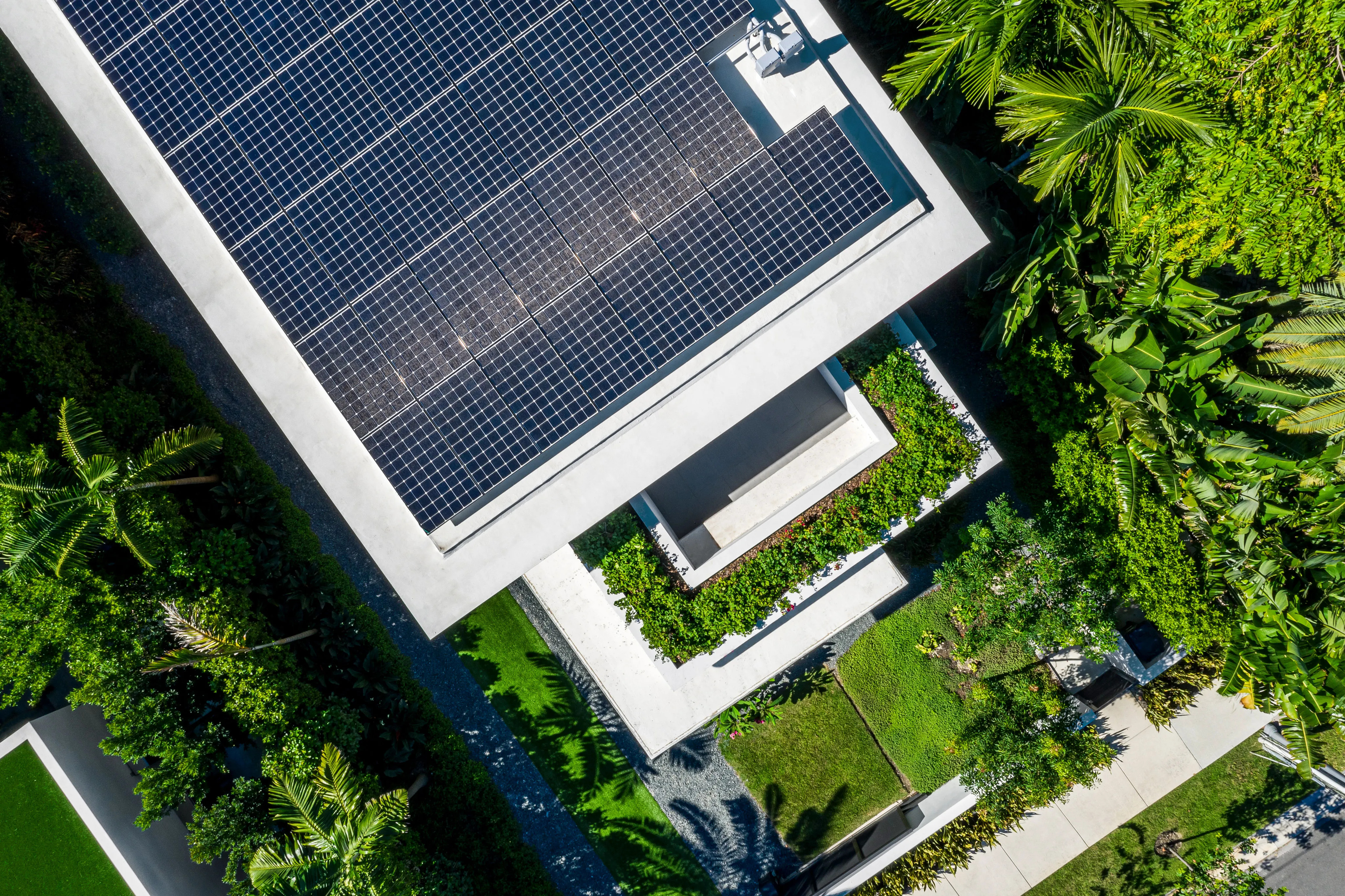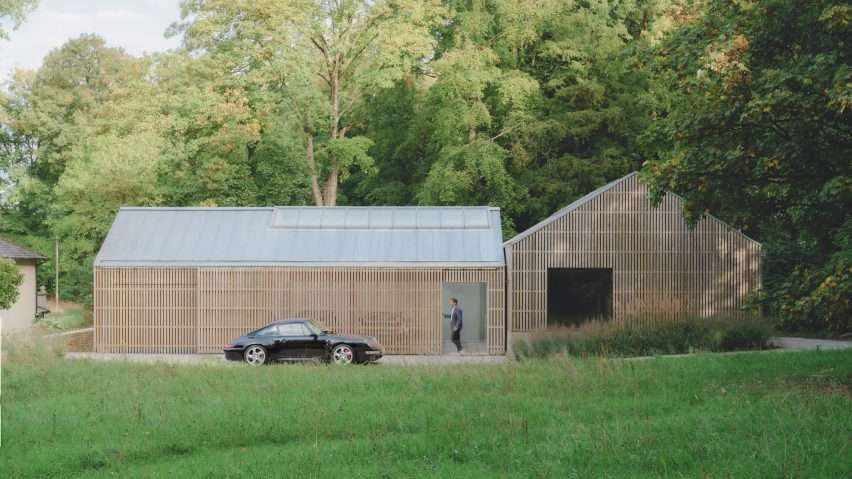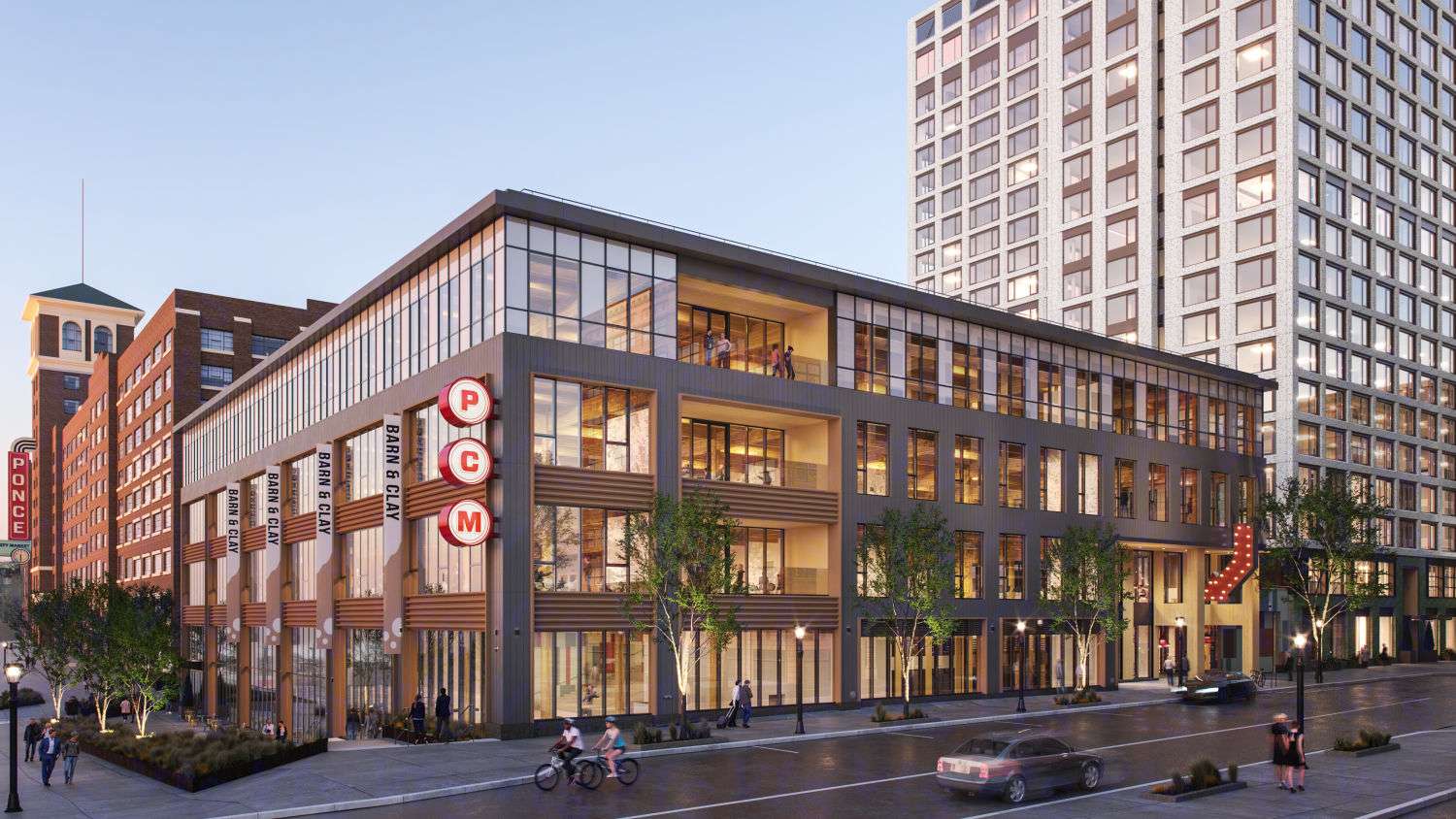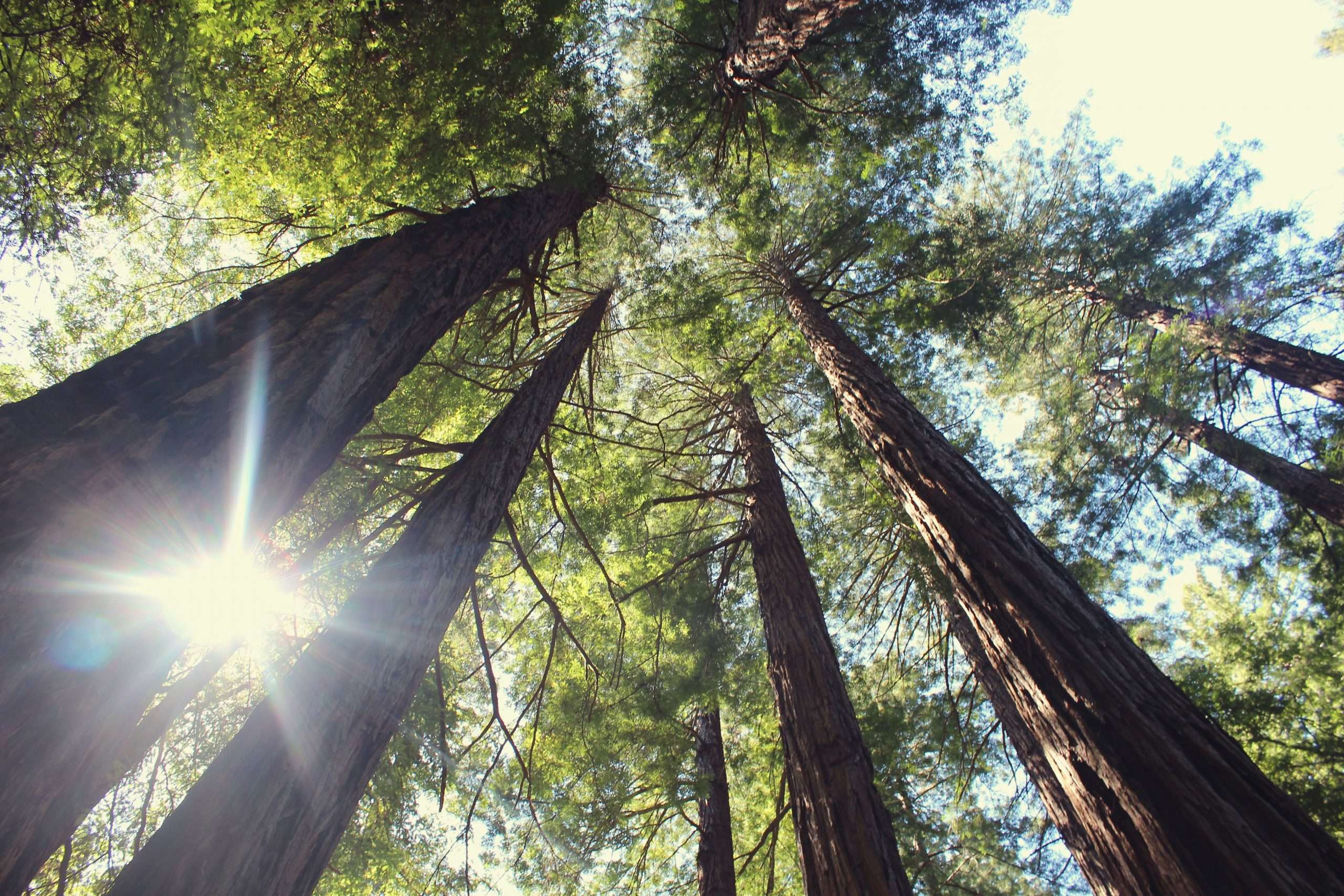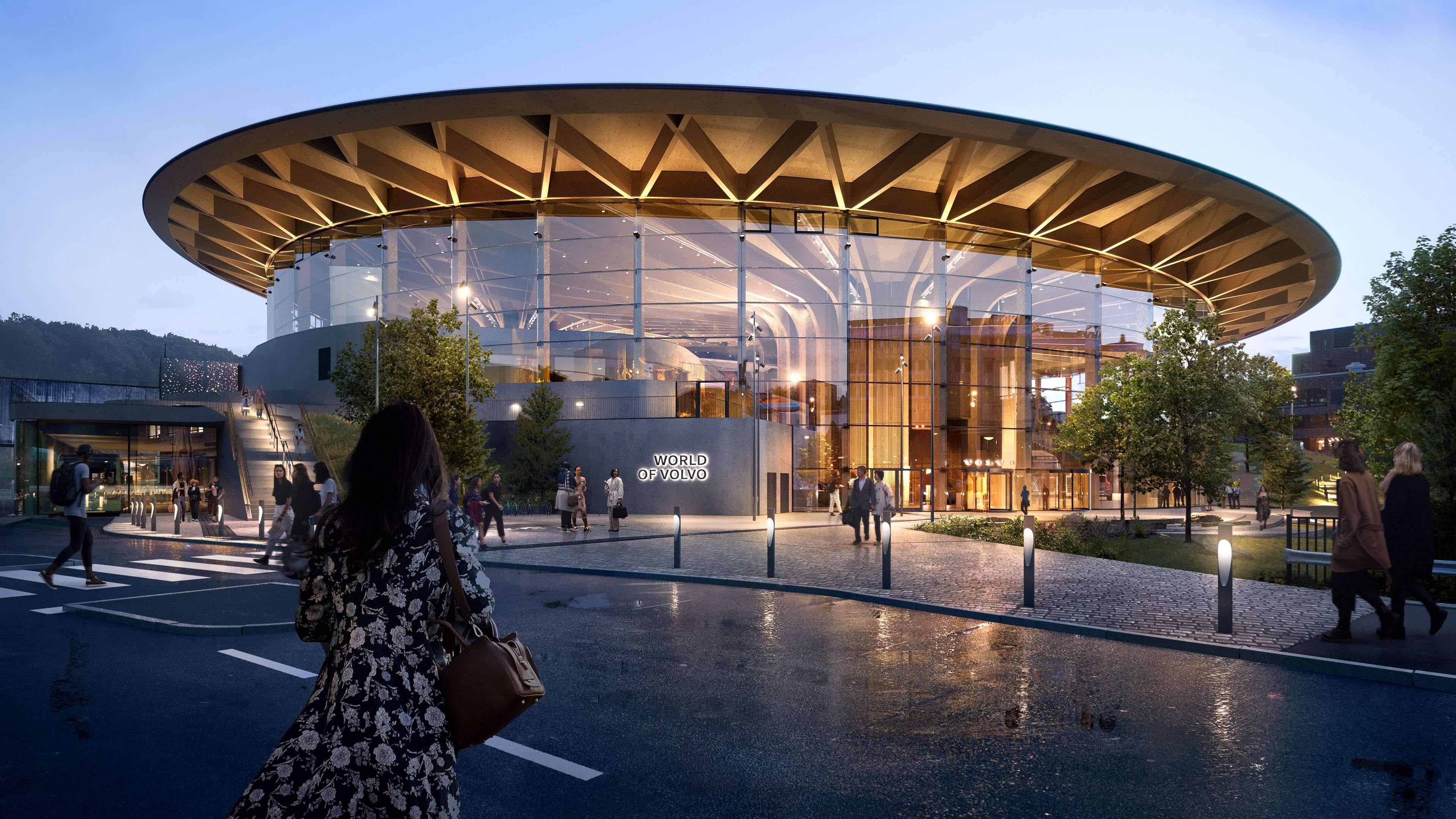Sustainable structure; Sustainable development principles are the implementation of a comprehensive construction cycle, from the planning, design and construction of the building and its infrastructure, to making it beneficial from obtaining raw materials, to the demolition and the management of the waste generated as a result. It is a product that results from a design that enables the efficient use of energy, water and materials by reducing the negative effects on human health and the environment.
The construction sector consumes most of the resources produced in the world compared to other human activities and has an indirect impact on global warming, acid rains, and intense accumulation of waste.
Sustainable design can also be called ecological design. Within the triangle of ecological, economic and social sustainability, the profession of architecture has been reinterpreted and ecological approaches that use energy rationally have been adopted by turning to clean and renewable energies that do not pollute the environment and are compatible with nature and climate.
Three important criteria are taken into account in order to define a building as a sustainable building . These;
- Ecological,
- Economic,
- It is social sustainability.
Sustainable architecture , “In all conditions of its existence and in every period of its existence, taking into consideration the future generations, all activities to create structures that prioritize the use of renewable energy sources, are sensitive to the environment, use energy, water, materials and the area where they are located, and protect the health and comfort of people. ”.
Sustainable architectural design significantly reduces the side effects of people on the natural environment and increases the quality of life and economic well-being. The sustainability culture of building construction emphasizes the need to consider environmental impacts associated with the design, construction and use of buildings. According to the declaration, energy is the most important part of sustainability.
Designing an architectural structure that takes into account natural environmental data is an issue in the memory of architecture. Sustainable architecture reminds the architecture environment and architects again, with the support of technology, forgotten principles with rapid population growth due to industrialization.
Economic Sustainability
Given the sustainable building criteria ; economic approaches in which the costs of construction, operation and life after the building are minimized should be adopted. With the decisions taken during the design phase, the costs that the building will create throughout its life can be reduced. Especially the operation phase is the phase that covers the longest period in the life cycle of the building. The design, in which steps are taken to reduce the costs during this phase, provides economic efficiency. For example; Preferring long-lasting materials and building products that do not require much maintenance allows the long-term efficiency of the resources to increase, thus reducing the operating costs of the building.
Ecological Sustainability
In order to ensure sustainable living standards of the future generations, environmental impact assessments should be made by reconsidering both the developments that arise as a result of industrialization and the areas of construction within the scope of environmental impacts, and solutions should be developed by taking precautions in this context.
Social Sustainability
The social dimension of sustainability is human oriented. Ensuring inter-communal equality (reducing income distribution injustice), pluralism, and protecting cultural diversity are important requirements of the social dimension. Among the socially reflecting goals of sustainable development are the establishment of facilities such as education, health, recreation, human settlements that have adequate and accessible features in the social dimension, combating discrimination and exclusionary policies and practices among people, sensitive groups of the society such as women, children, the elderly, the disabled and the poor. the priority is to recognize and respect the rights of all people.
Sustainable Building Design
Sustainable suggestions for the design of construction systems are as follows;
- For the protection of the environment, existing structures, whose structural reliability is assured, should be changed and their functions should be reused.
- In accordance with sustainable design principles, minimum energy consumption and resource consumption should be considered.
- During the production of the raw material, the production of the building product and the construction, the fossil fuel consumption of transportation should not be ignored.
- Instead of using fossil resources, one should focus on the use of renewable energy sources.
- In the designs, materials that are recycled and / or suitable for recycling, durable and low maintenance should be preferred, and the ecological effects of the materials should be reduced.
- In the regions where the earthquake is effective, the construction system with a light weight of the carrier system should be preferred. Depending on the upper weight of the building, its foundation thickness, raw material consumption and excavation amount increase.
- It is seen that the steel making system is the most energy consuming construction system. Repeated use of scrap does not lose its strength, while it reduces the amount of energy required during production compared to steel produced from primary sources.
- Due to the cement content of the reinforced concrete structure, it is observed that it causes more carbon dioxide emission to the nature compared to other building types. The use of artificial pozzolanes, which are industrial leftovers, in the production of concrete reduces CO2 emission and also allows the evaluation of waste materials.
- The energy spent in the production of wooden building elements is much less than the energy spent in the production of structural steel elements. Just like the amount of energy spent in the production of wooden elements, the amount of CO2 released is less than that of steel products.
- sourced from the lower carbon dioxide emissions in the wood construction systems, for use in building structure in Turkey should be increased.
- Since the unit price of steel is higher than other products, it is seen that the steel making system with the highest cost system is; however, it can be produced in a shorter time than other construction systems.
- Comparing the strength and cost of building materials, the unit strength of solid wood is more costly than other structural products; steel products, on the other hand, are the most cost-effective building materials compared to their unit strength.

